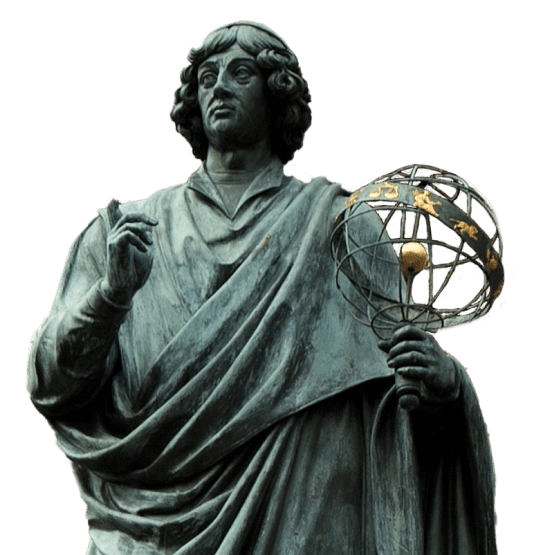This year’s Nobel Prize in Physiology or Medicine was awarded to Mary E. Brunkow and Fred Ramsdell from the United States, and Shimon Sakaguchi from Japan. They were honored for discovering the mechanisms that regulate peripheral immune responses, paving the way for new therapies against autoimmune diseases, cancer, and transplant rejection.
“The laureates identified the cells that act as sentinels of the immune system—regulatory T lymphocytes—and laid the foundation for a new field of research,” stated the Nobel Committee.
Every day, the immune system protects the body against thousands of viruses, bacteria, and other microorganisms. To function properly, it must recognize threats without attacking the body’s own cells. When control mechanisms fail, autoimmune diseases can develop.
For many years, scientists believed that this process occurred exclusively in the thymus as part of what is known as central tolerance. In the 1980s, Shimon Sakaguchi was one of the few researchers to continue studying so‑called suppressor T lymphocytes. In 1995, after more than a decade of experiments, he demonstrated the existence of a new class of cells—regulatory T lymphocytes (Tregs)—that suppress excessive immune activity.
Independently of Sakaguchi’s work, Mary Brunkow and Fred Ramsdell in the United States were studying an autoimmune disease in mice with a mutated gene. In 2001, they published their findings in Nature Genetics, showing that the mutation affected the FOXP3 gene, which plays a key role in regulating immune system function. They also determined that a similar mutation in humans causes a rare disease known as IPEX.
Two years later, Sakaguchi connected these findings, proving that the FOXP3 gene controls the development of regulatory T lymphocytes that prevent the body from attacking itself. This led to the emergence of a new research field known as peripheral immune tolerance.
The discoveries made by this year’s laureates have revolutionized immunology. They form the basis for research into treatments for autoimmune diseases by enhancing the activity of regulatory T lymphocytes, transplant protection through directing Treg cells to specific organs, and cancer therapies in which reducing Treg activity within tumors could be crucial.
2025 Laureates: Mary E. Brunkow (age 64) holds a PhD from Princeton University and currently conducts research at the Institute for Systems Biology in Seattle. Fred Ramsdell (age 65) earned his PhD at the University of California, Los Angeles, and works at Sonoma Biotherapeutics, developing cell-based therapies. Shimon Sakaguchi (age 74) obtained his doctorate from Kyoto University and is now a professor at Osaka University, where his discoveries are applied in cancer immunotherapy, among other fields.
The prize of 11 million Swedish kronor will be shared equally among the laureates.






